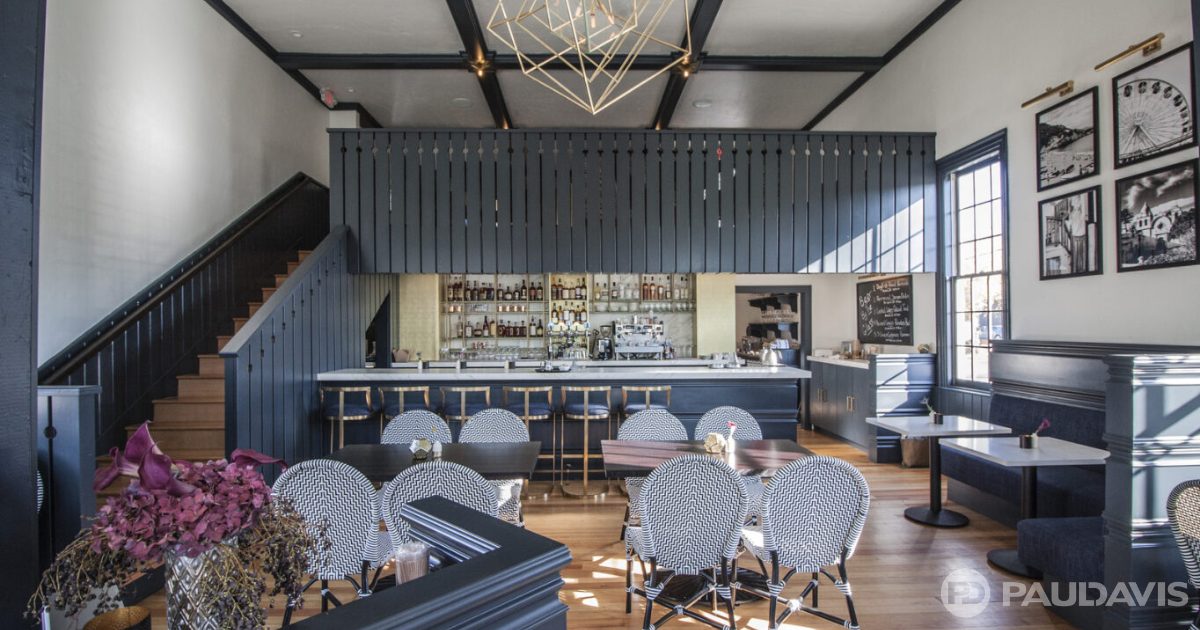
There are more than eighty-six thousand restaurants in Canada. From the fanciest, white tablecloth dining, to casual restaurants, bars, cafes, diners, food trucks, grills, and numerous fast food outlets, the Canadian food service industry is robust, employing over 1.3 million people. As one of the nation’s top private sector employers, this industry faces unique risks as it feeds legions of hungry people every day.
We spoke with Richard Green, President of Paul Davis Restoration Ottawa, Ontario about serious hazards found in these workplaces, what owners and operators can do about them, and the fire risks most owners overlook.
PD: What is the biggest hazard to the physical property and how can I mitigate that risk?
RG: Fire is the most significant risk to food service buildings. Your first line of defense is to follow fire codes and maintain systems like sprinklers and extinguishers. Many fire marshals inspect commercial kitchens free of charge to evaluate fire code adherence. Next, keep a tidy workspace. Remove trash regularly and keep flammable materials away from ignition sources. Grease is also a major fire hazard, so it’s important to professionally clean exhaust systems and empty grease traps regularly.
The fire risk that most owners overlook? Failing to control tobacco product use. Cigarettes should be disposed of in a designated receptacle away from combustible items and smoking should take place only outdoors. Many a smouldering cigarette has sparked a late-night dumpster fire with devastating consequences.
PD: What are the biggest risks to my staff? What can I do to protect my most valuable asset?
RG: Cuts and wounds comprise 22 percent of all food service injuries. Slips, trips and falls account for 20 percent. Sprains and strains – usually from lifting, bending and navigating tight work spaces – cause 15 percent, while burns make up 13 percent of injuries. Avoid injuries through employee training and implementing standard operating procedures for work processes. Additionally, equip and maintain the space to boost safety. Put down non-slip mats, install mirrors on blind corners, keep floors dry and clean spills up immediately.
PD: How can I protect customers?
RG: Customers can slip, trip and fall in your establishment, so precautionary measures made in the employee space apply here too: non-skid surfaces, cleaning spills immediately and so on. But one of the biggest risks to your customers is unsafe food. Train your employees in food safety practices and follow recommended food handling precautions and store food safely before preparation. In particular, pay attention to the final steps food takes before it reaches the consumer. This is often the part of the journey that poses the biggest food safety risk when foods reach unsafe temperatures or unwashed hands handle the prepared dish.
Need help mitigating risks or recovering from damage at your food service establishment? Call Paul Davis at 1-800-661-5975.
